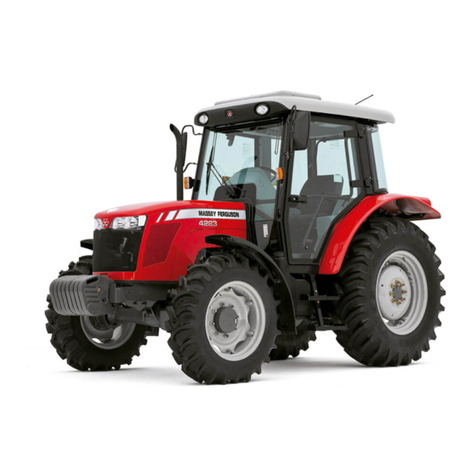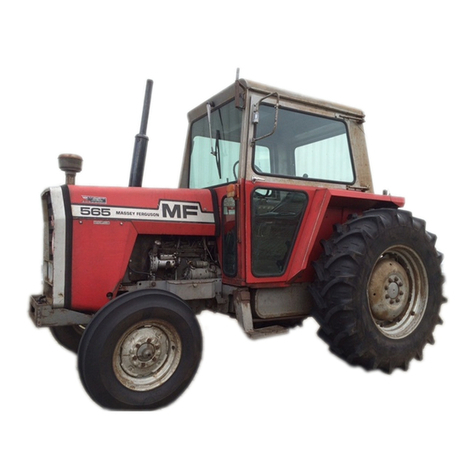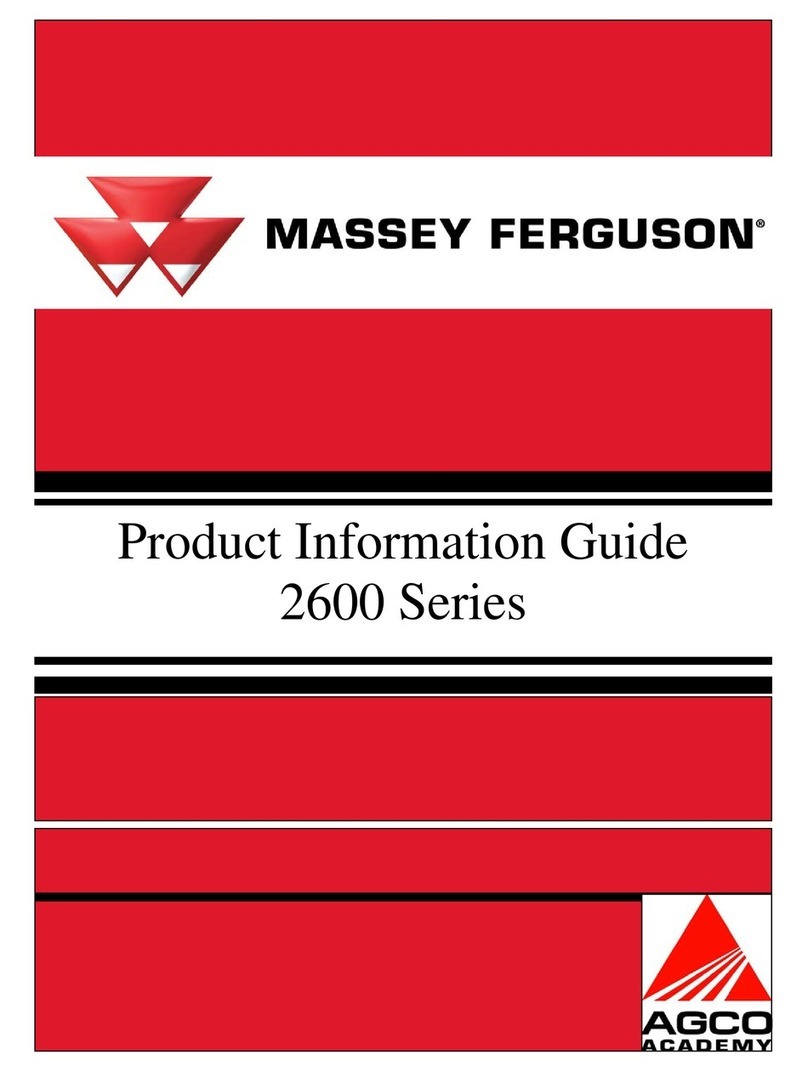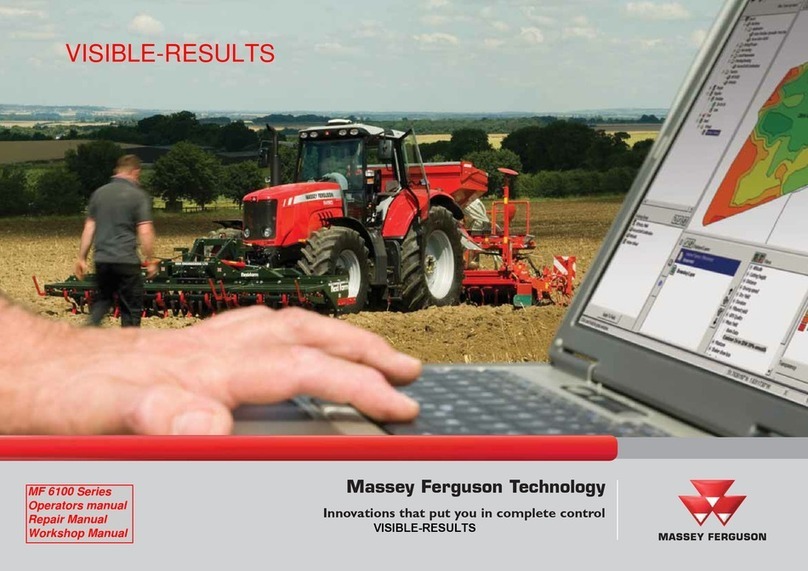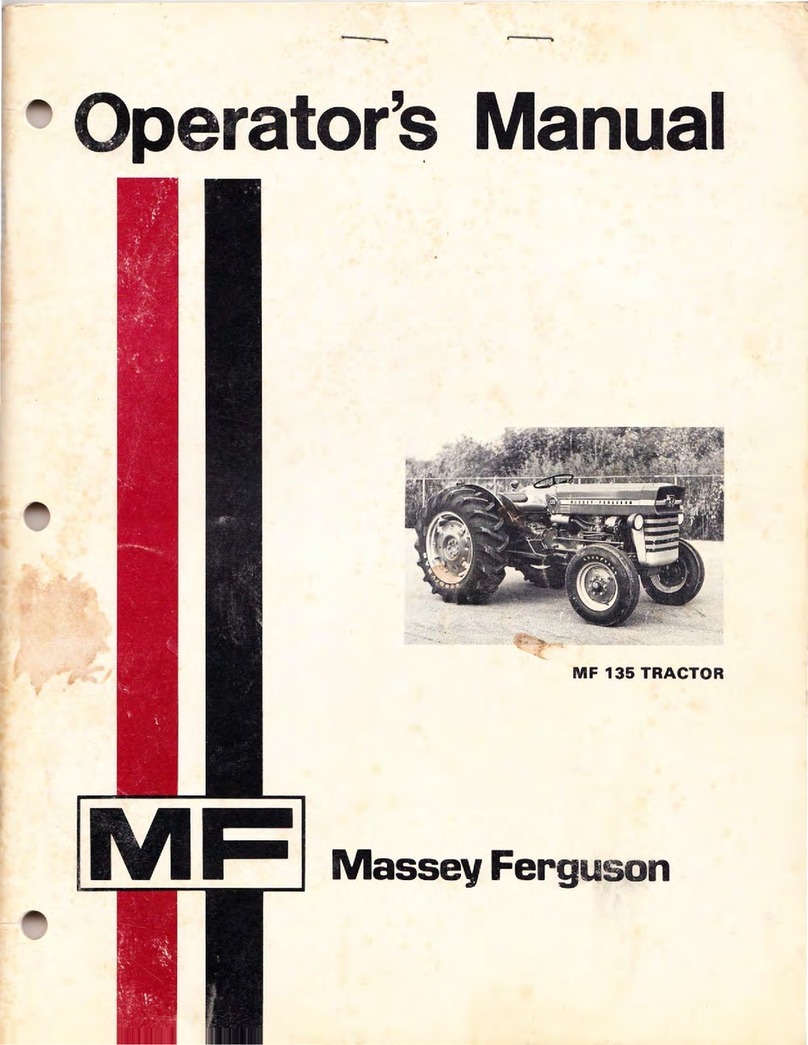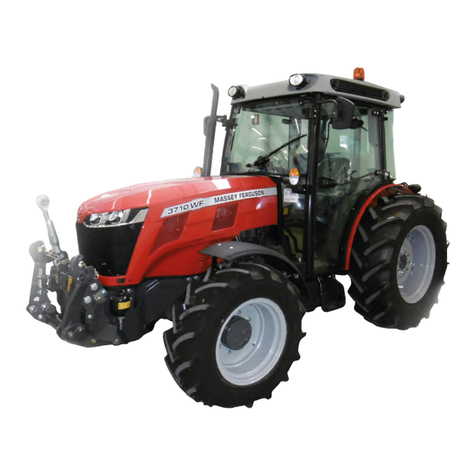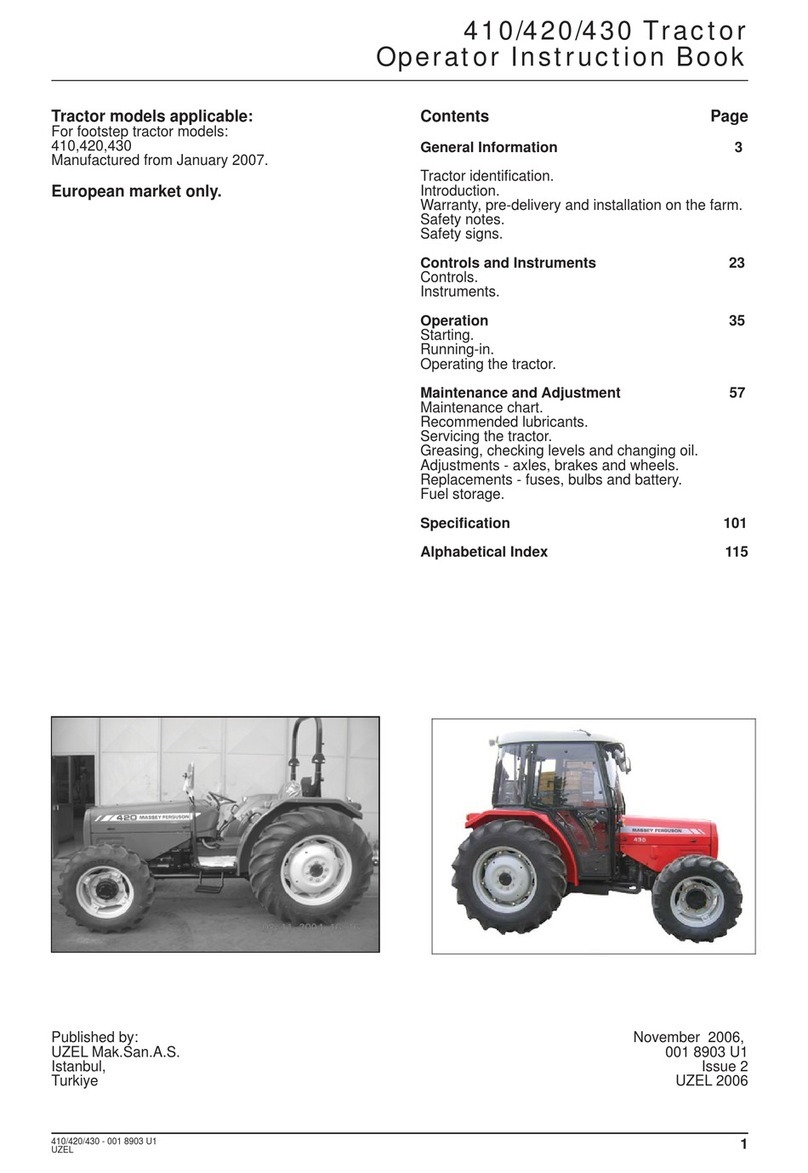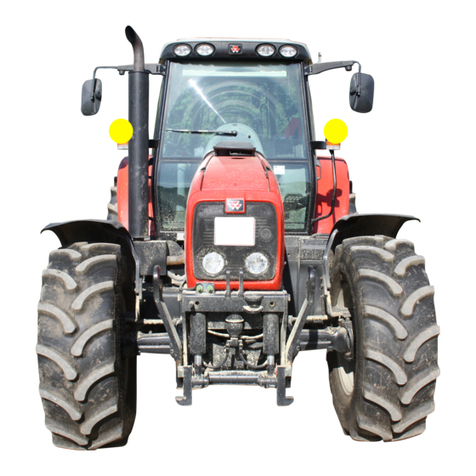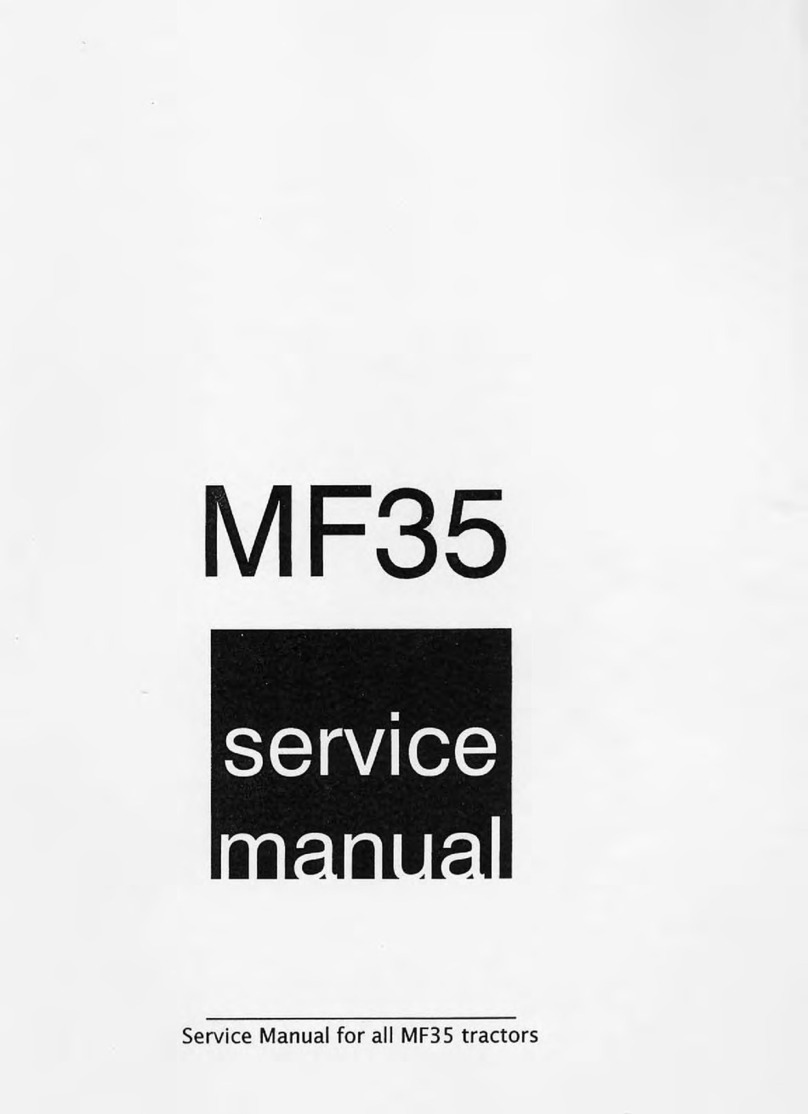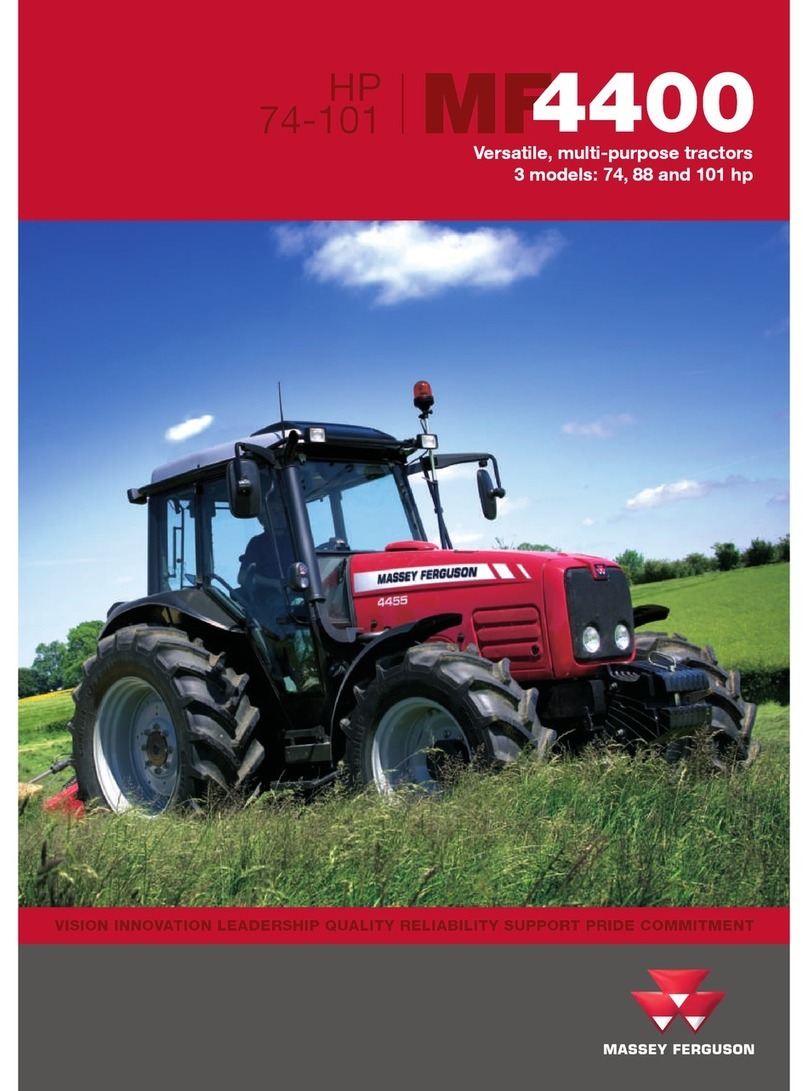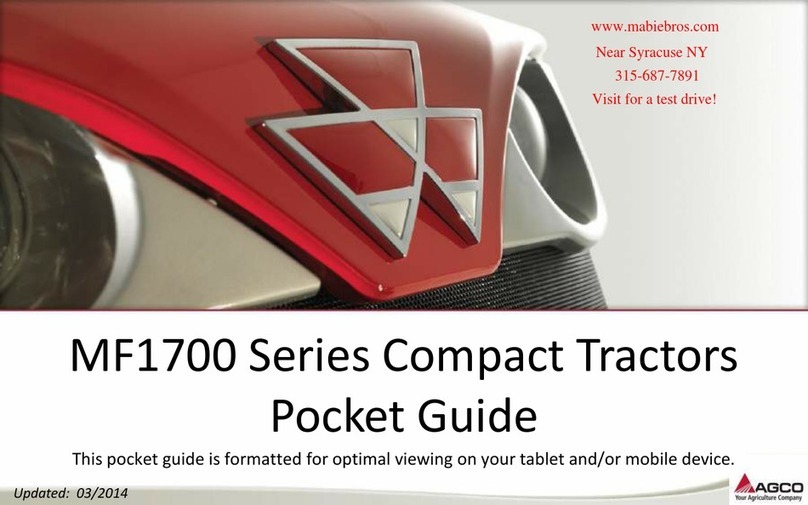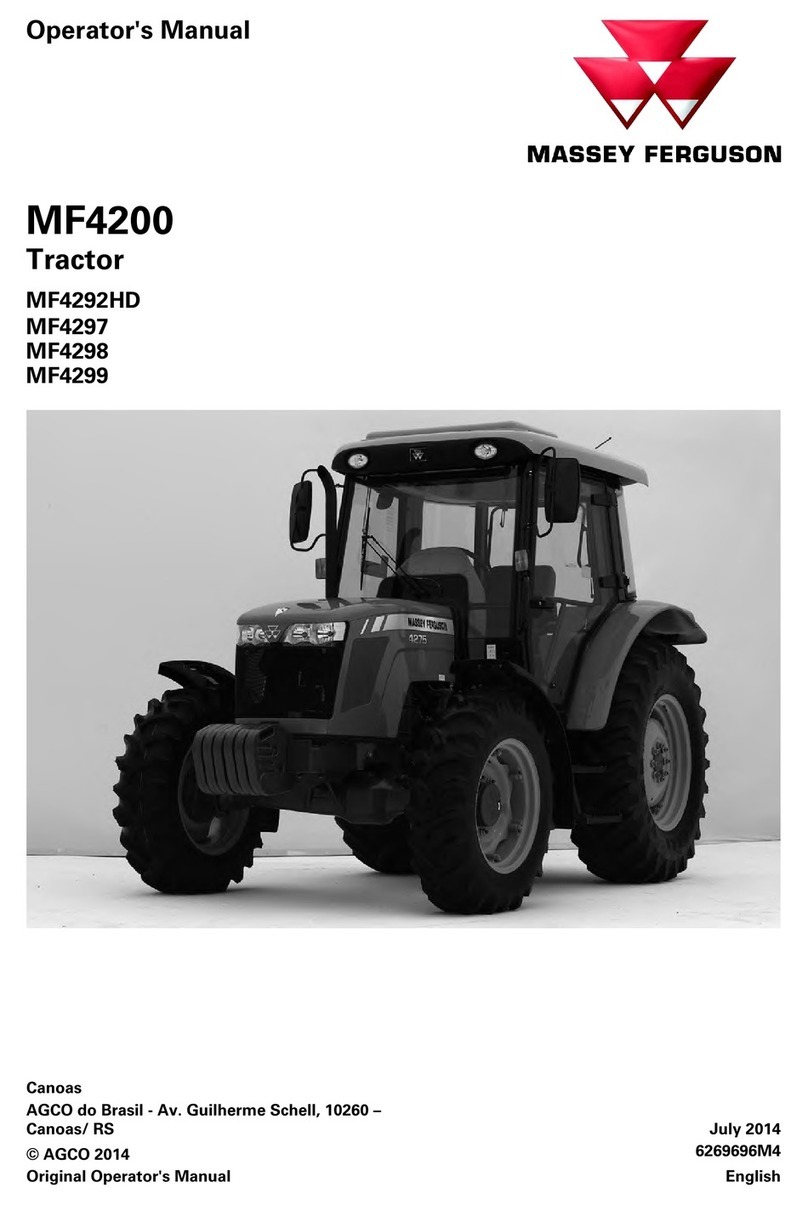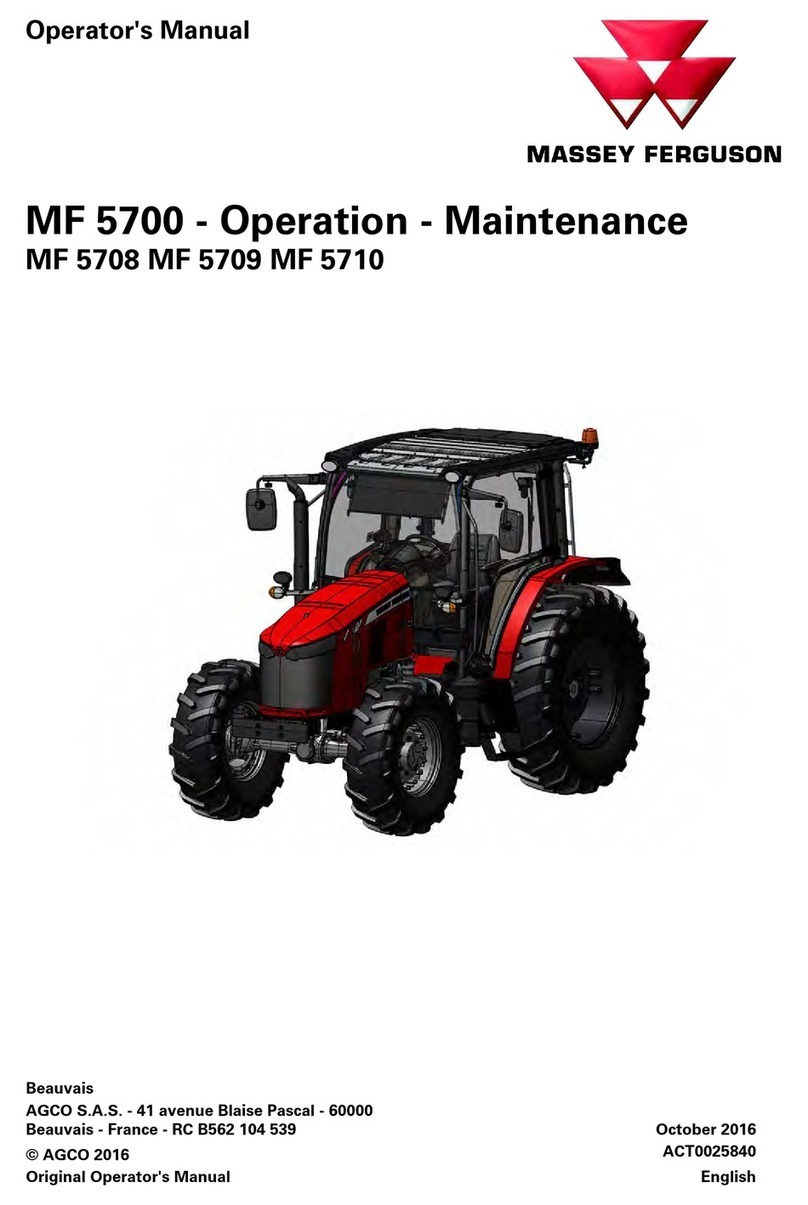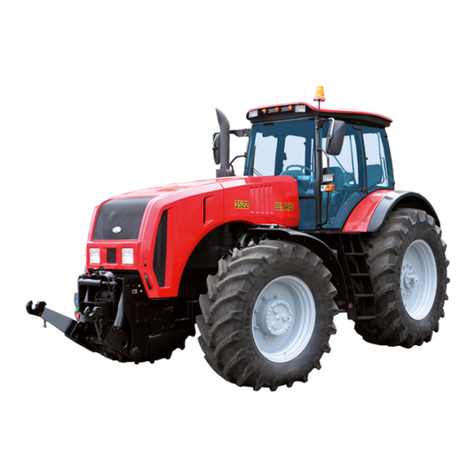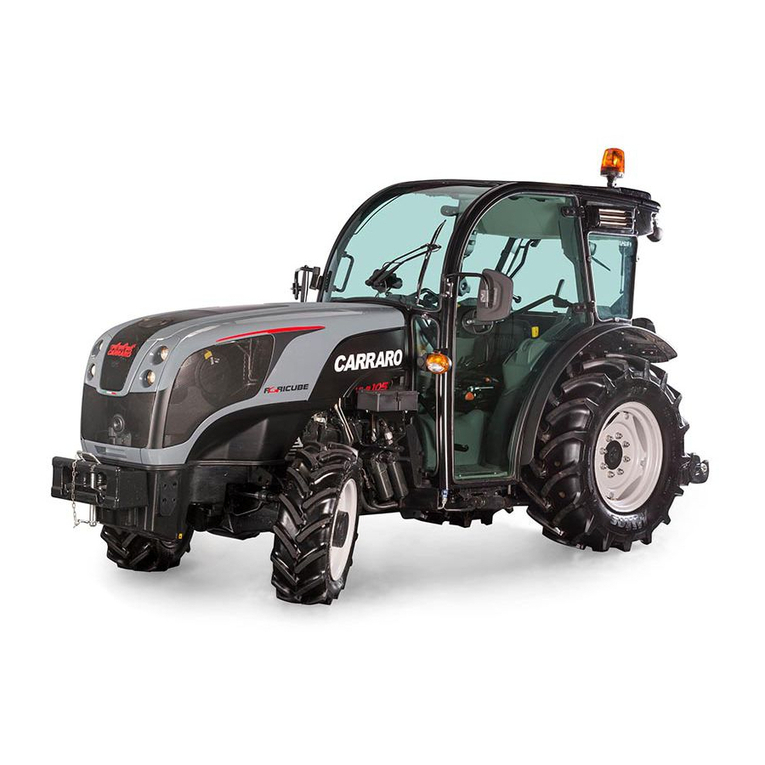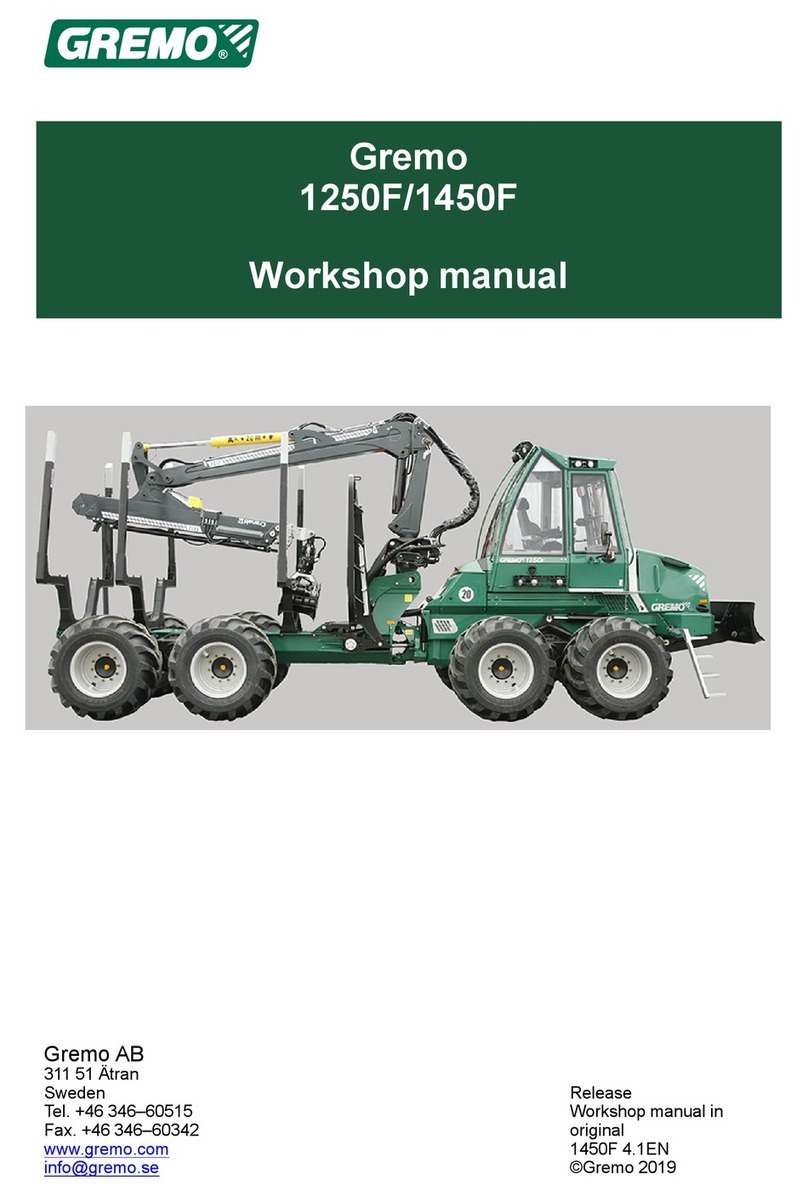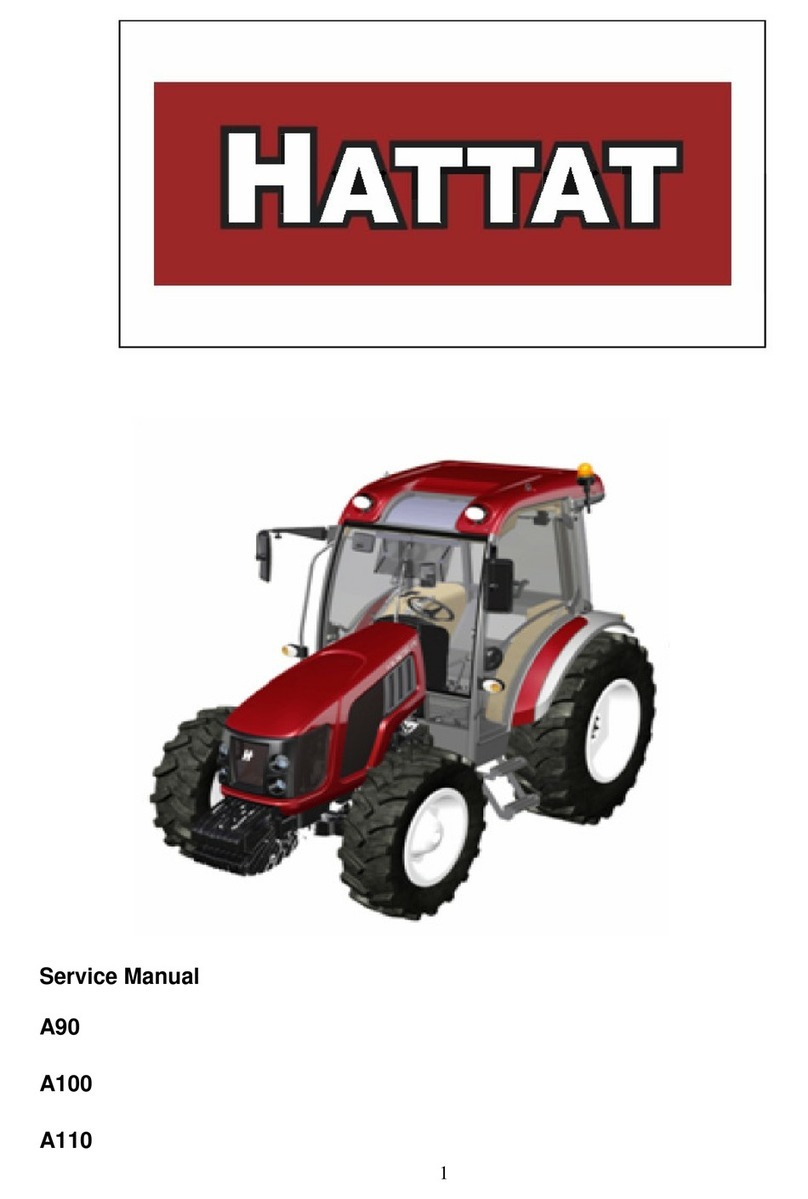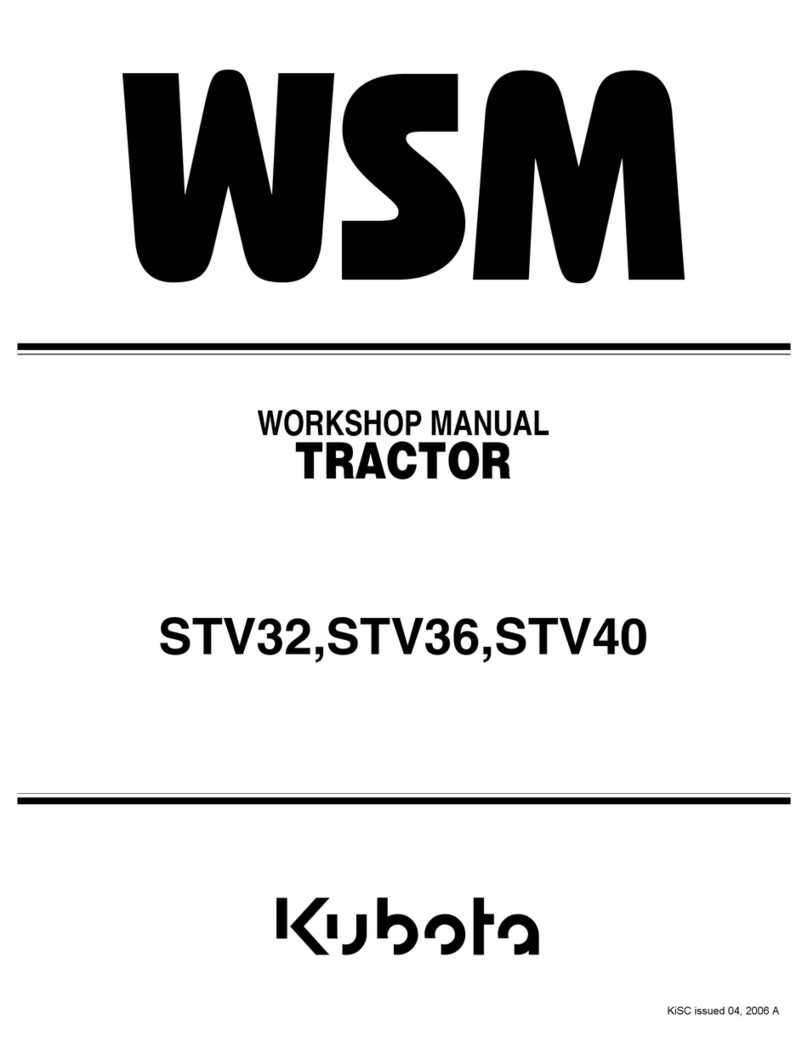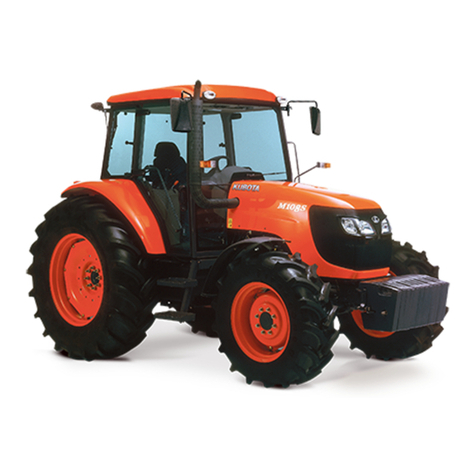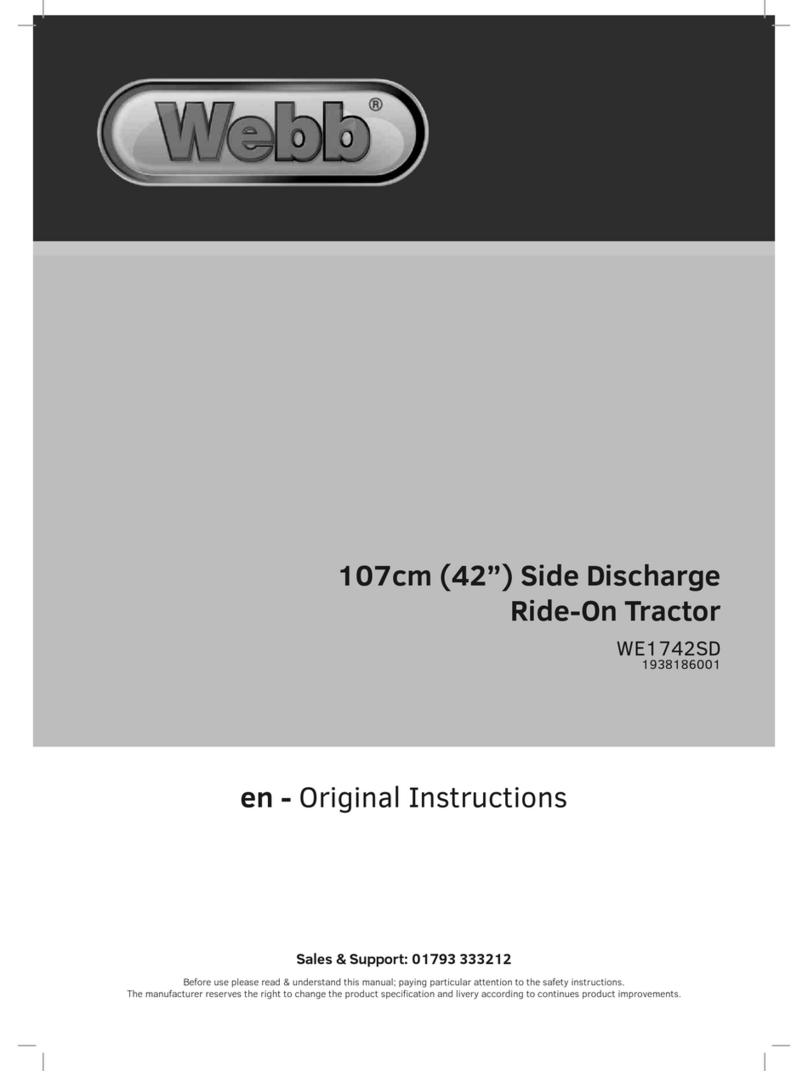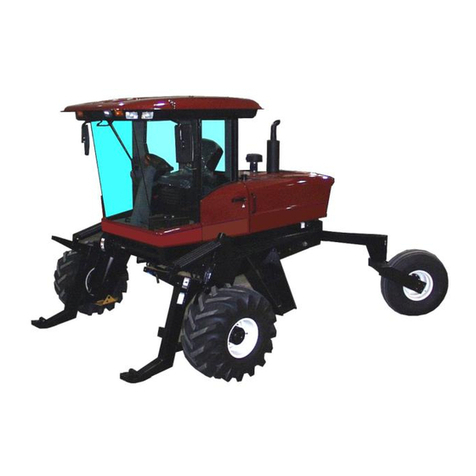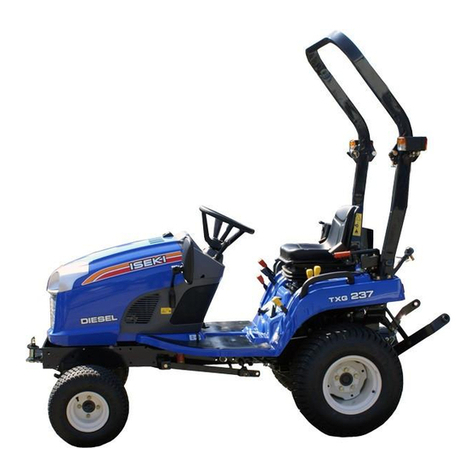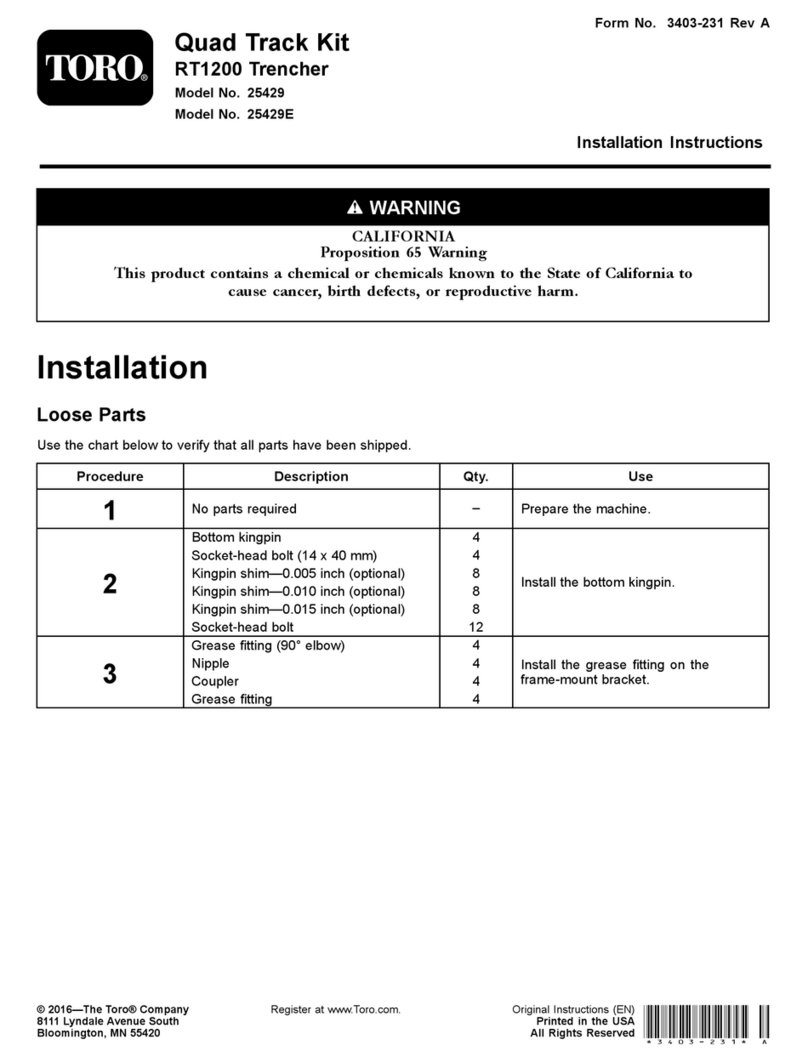
16. lnstall flywheel with square key, wave
washer and nut. lnsert a bar between flywheel
fins and tighten retaining nut to 60 ft.-lbs. torque.
17. lnstall push rod and breaker points. Set
point gap to .020". This is an initial setting.
18. Place air shroud plate over carburetor
opening as shown in Fig. 9, and install carbure-
tor. 19. Connect governor arm to carburetor
linkage and adjust governor linkage.
20. lnstall air shrouds and rotating screen.
CYLINDER HEAD
Cooling fins are provided to aid in cooling.
Blocked fins often cause "hot spots" which can
result in a blown head gasket. lf gasket fails
around one of the head bolts, high temperature
can burn away portions of the aluminum alloy
head. lf no evidence of burning is found, check
head for flatness. A slightly warped head can be
surfaced by using a piece of sandpaper placed
on a flat surface. Carefully clean carbon de-
posits by using a putty knife being careful not to
scratch gasket surface.
To remove and install cylinder head proceed
as follows:
1. Remove cylinder head air baffle.
2. Remove head bolts and carefully re-
move head.
3. Clean head and check for flatness.
4. Use a new gasket and reinstall head and
air baffle. Tighten head bolts in sequence and
evenly to 360 in.-lbs. torque. See Fig. 7.
CYLINDER BLOCK
lnspect cylinder block as follows:
1. Check all gasket surfaces to make sure
they are free of gaskets, sealing material and
free of deep scratches or nicks.
2. Check cylinder bore for excessive wear,
taper or out of round. lf the cylinder taper does
not exceed .005", or .004" out of round, de-
glaze cylinder walls and install a service ring kit.
NOTE: lf gauges are not available for check-
ing cylinder wear, a simple and quite ac-
curate method is as follows:
1. Use top of piston and push a piston ring
to bottom of cylinder bore.
2. Measure ring end gap.
3. Move the same ring to top of ring travel
in cylinder bore and again measure ring
SERVICING OF INDIVIDUAL COMPONENTS
end gap.
4. Take the diflerence between the two
measurements and divide by 3. This is
approximately the cylinder taper.
For Example: With bottom ring gap ol .014"
and .035" top gap, the diflerence is .021".
Divide .021" by 3, the result is .007". This
represents the approximate cylinder taper.
3. lf cylinder bore is excessively worn, it
can be rebored to .010"-.020" or .030" oversize.
Reboring to one of these sizes will allow usage of
oversize piston and ring assemblies.
PISTON, RINGS AND ROD
Production type and service type rings are
available in standard, .010", .020" and .030"
oversize. Production type is used only when cyl-
inder is not worn while service type is used when
cylinder is worn but within wear limits (.005"
taper - .004" out of round). Cylinder bore must
be deglazed when service rings are used. To in-
stall new rings, proceed as follows:
1. Remove piston and rod and remove rings
from piston.
2. Clean ring grooves.
3. Place each ring in cylinder bore and
check end clearance. Ring end gap should be
.010"-.020".
4. lnstall rings on piston according to mark-
ings on the ring. lf a groove or bevel is on the
inside of the ring, it must be toward the top of
piston. When a groove is on the outside of the
ring, it must face down on piston.
5. Use a ring compressor and install piston
and rings into cylinder bore.
Connecting rods are available in .002" un-
dersize to be used where the crankshaft has a
slight wear. Rods are also available in .010" and
.020" undersize for use with reground cranks.
-4-
Fig. 9 - Plate lnstalled Prior to lnstalling Carburetor
